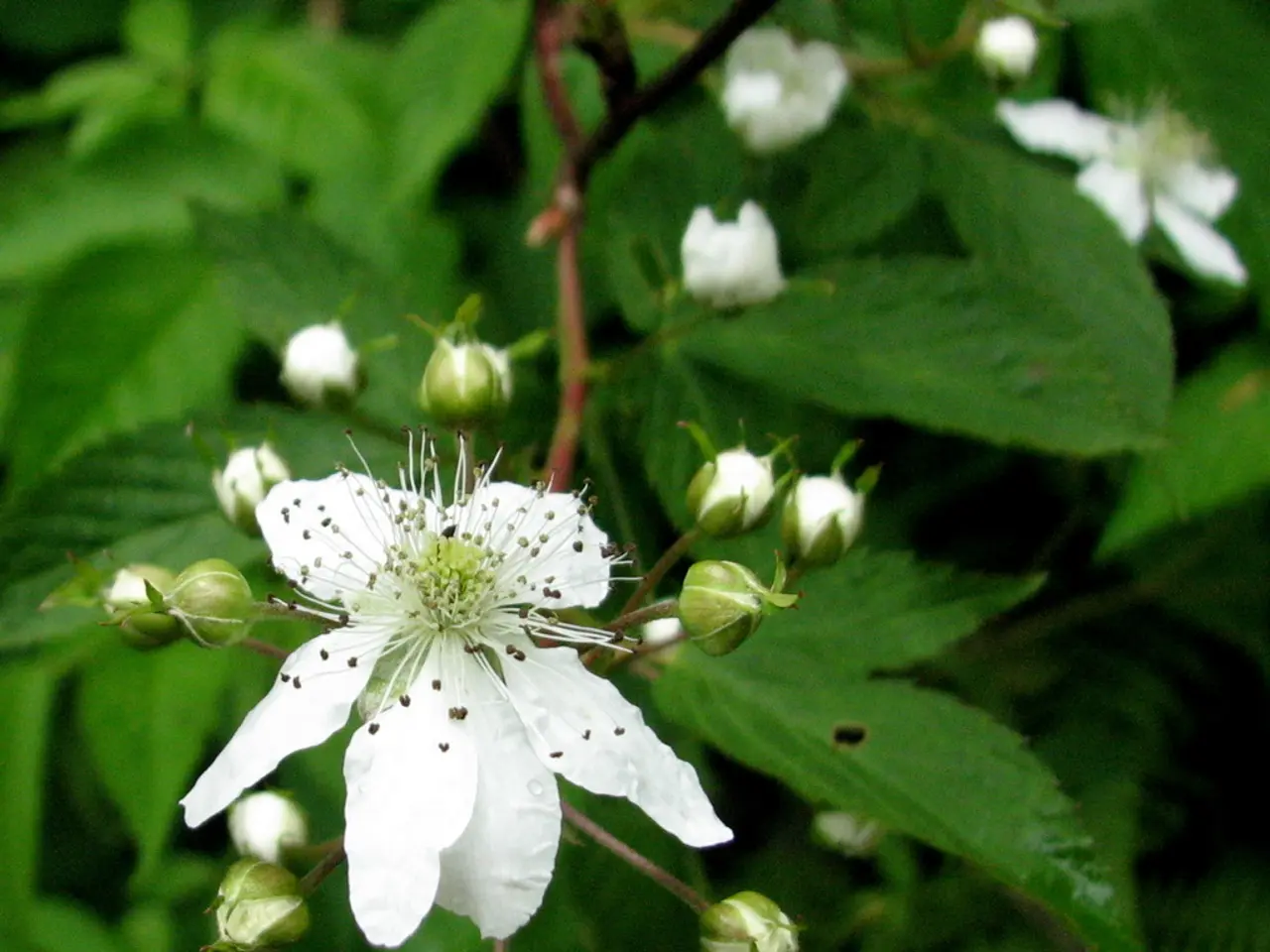Guide to trimming spring blooming vegetation
Taking care of your spring-flowering shrubs can help them stay healthy and abundant with blooms each season. Here's a guide on how to prune these beauties for the best results.
The Importance of Timing
Spring-flowering shrubs, such as deutzia, physocarpus, philadelphus, forsythia, and weigela, produce their blooms on old wood. This means that their flower buds form on last year's growth. Pruning too late, such as in summer or fall, will remove next year's flower buds and reduce blooming. To ensure optimal flower production for the following year, prune these shrubs immediately after they finish blooming in spring.
Pruning Techniques
- Start by removing any dead or damaged branches.
- Selectively thin out some old branches to encourage air circulation and new growth while maintaining the natural shape of the shrub. Lightly shape the shrub if desired, but avoid heavy pruning that cuts back into old wood too severely.
Benefits of Pruning
Proper pruning techniques help promote healthy growth, maintain good shrub shape, and maximize flowering abundance for the next season. In addition, pruning shrubs after they have finished flowering can help prevent disease and pest problems.
Pruning in Cold Climates
For regions with colder climates and a risk of late frosts, avoid pruning too early in spring before flowering finishes to prevent frost damage to new growth.
Key Points
| Shrub Type | Flower on Wood | Best Pruning Time | Reason | |----------------------------|----------------|-----------------------------|---------------------------------------| | Deutzia, Physocarpus, Philadelphus, Forsythia, Weigela | Old wood | Immediately after spring bloom | Preserve next year's flower buds |
Pruning Too Late
Pruning too late (mid-summer or later) is not advised as it removes buds and reduces flowering for the following year.
Tools for Pruning
For the thickest woody stems, use long-handled loppers or a garden saw. Secateurs are useful for cutting out flowered woody stems, pruning back to just above vigorous green stems growing from low down on the plant.
Spreading Out the Pruning Process
Cutting back shrubs immediately after flowering spreads out the pruning process, making it easier to manage and reducing the shock to the plant.
By following these guidelines, you can ensure your spring-flowering shrubs stay healthy, well-shaped, and abundant with flowers each season. Happy pruning!
To maintain the blooming and health of your spring-flowering shrubs, it's important to prune them immediately after they finish blooming, as they produce their blooms on old wood. Regularly pruning your home-and-garden shrubs such as deutzia, physocarpus, philadelphus, forsythia, and weigela will help promote healthy growth, maximize flowering abundance, and prevent disease and pest problems.




